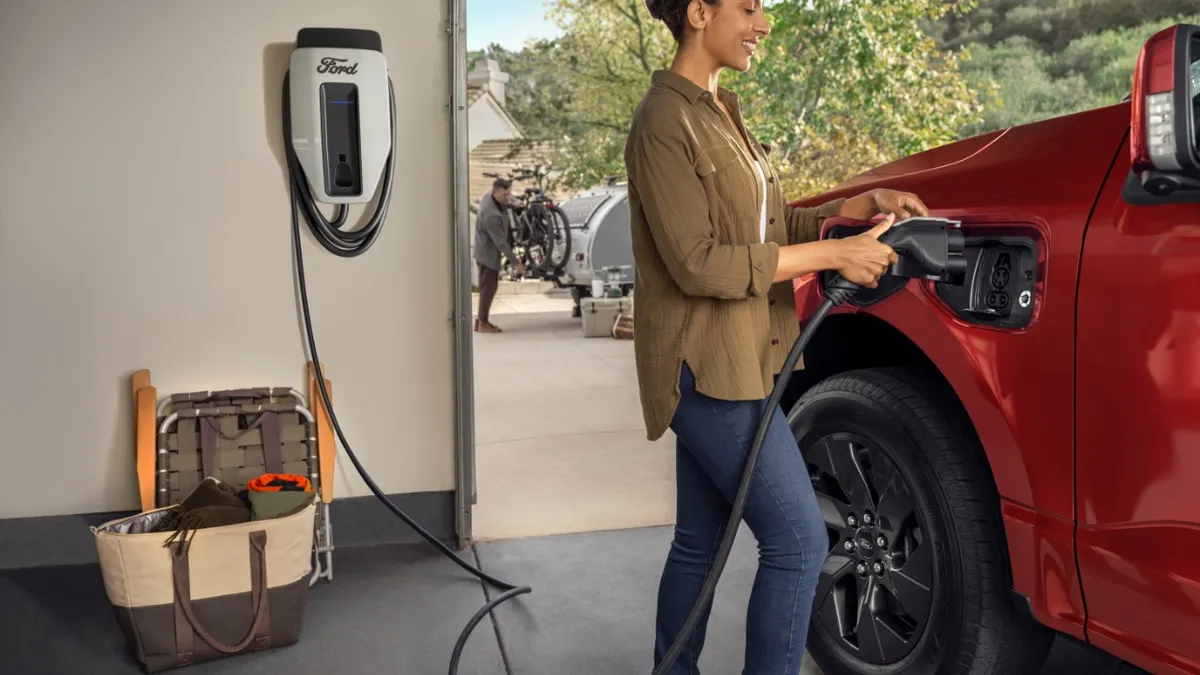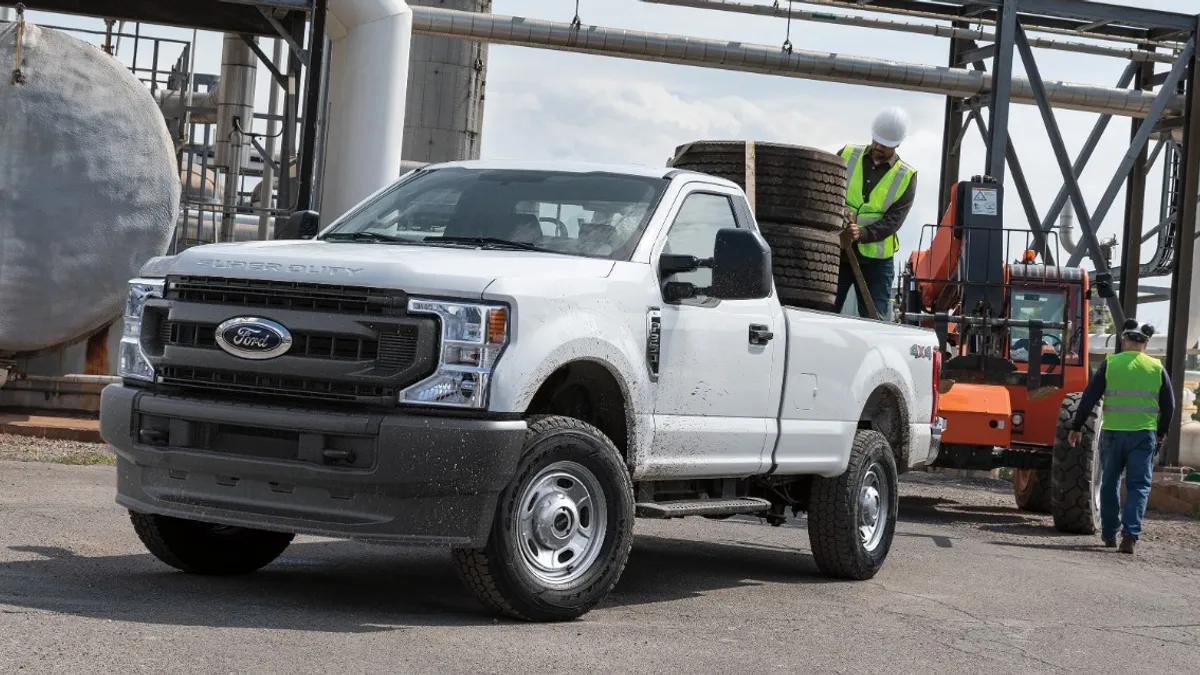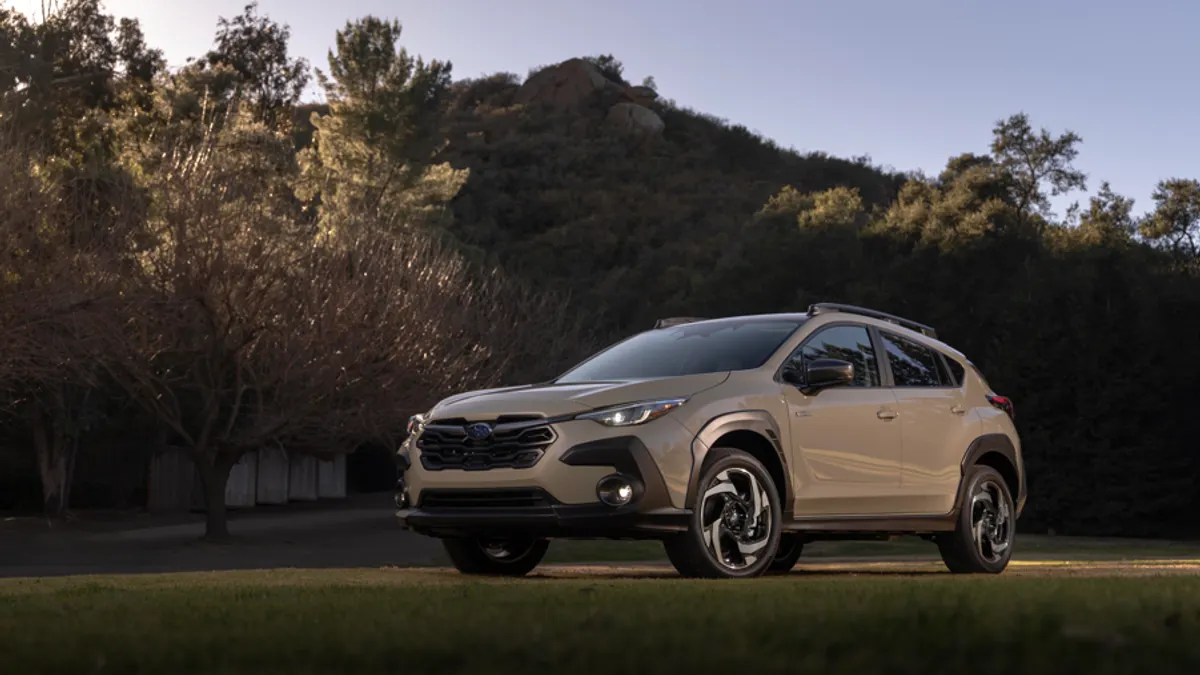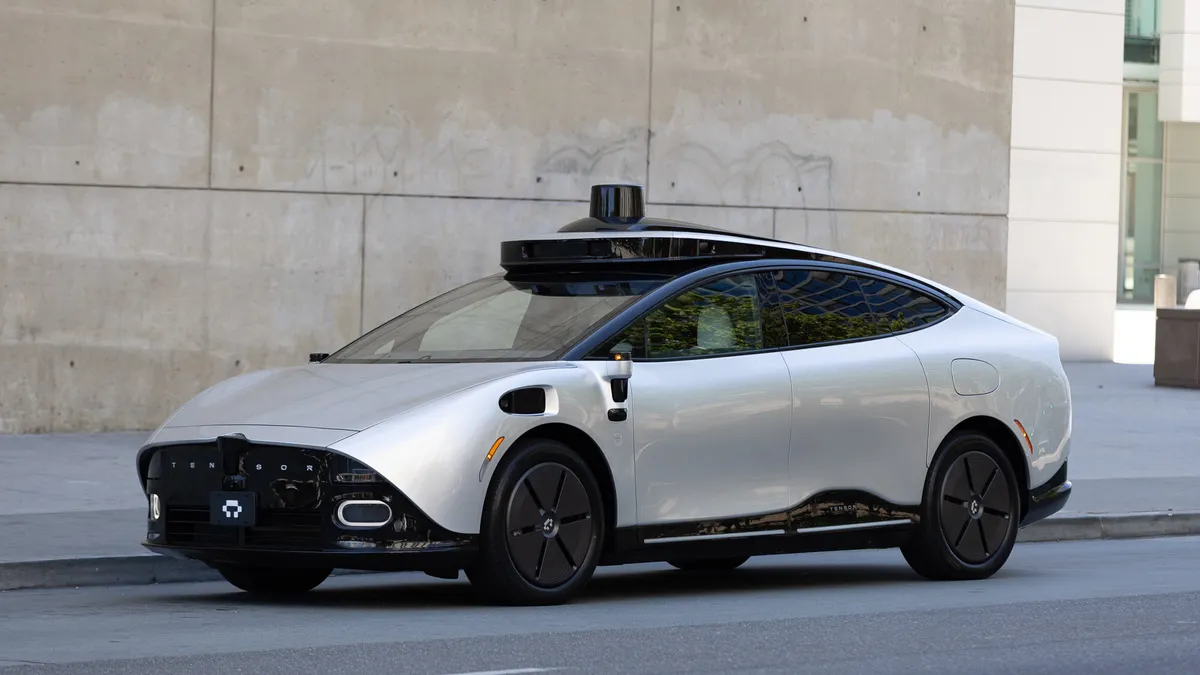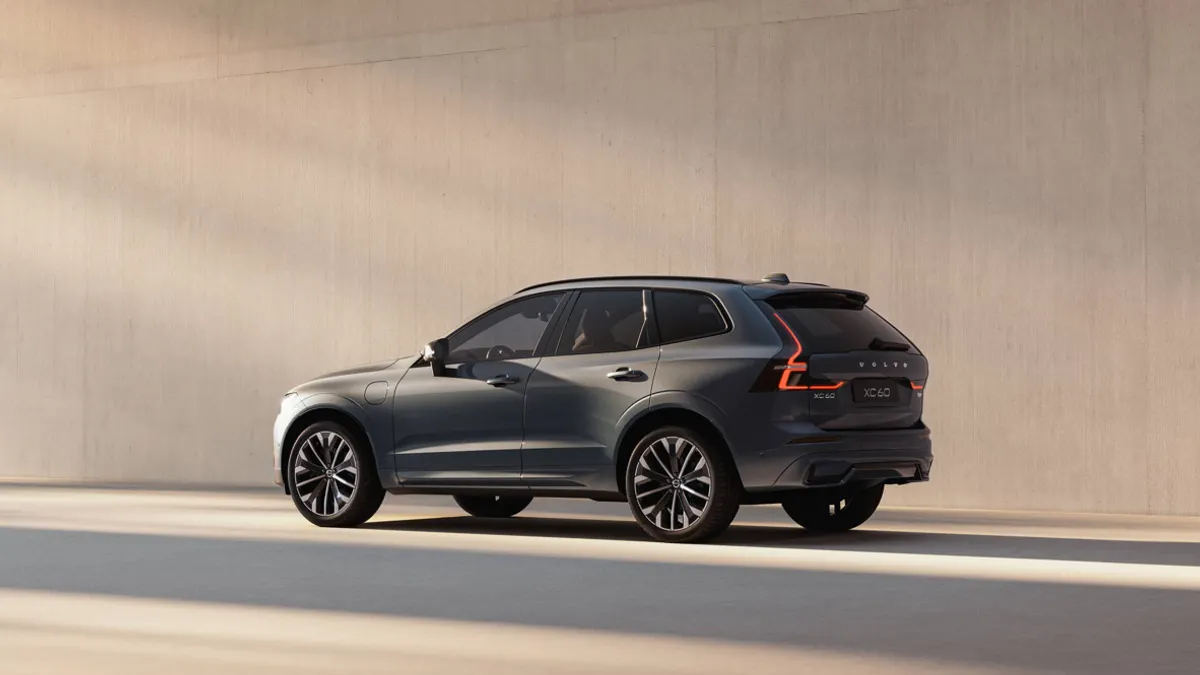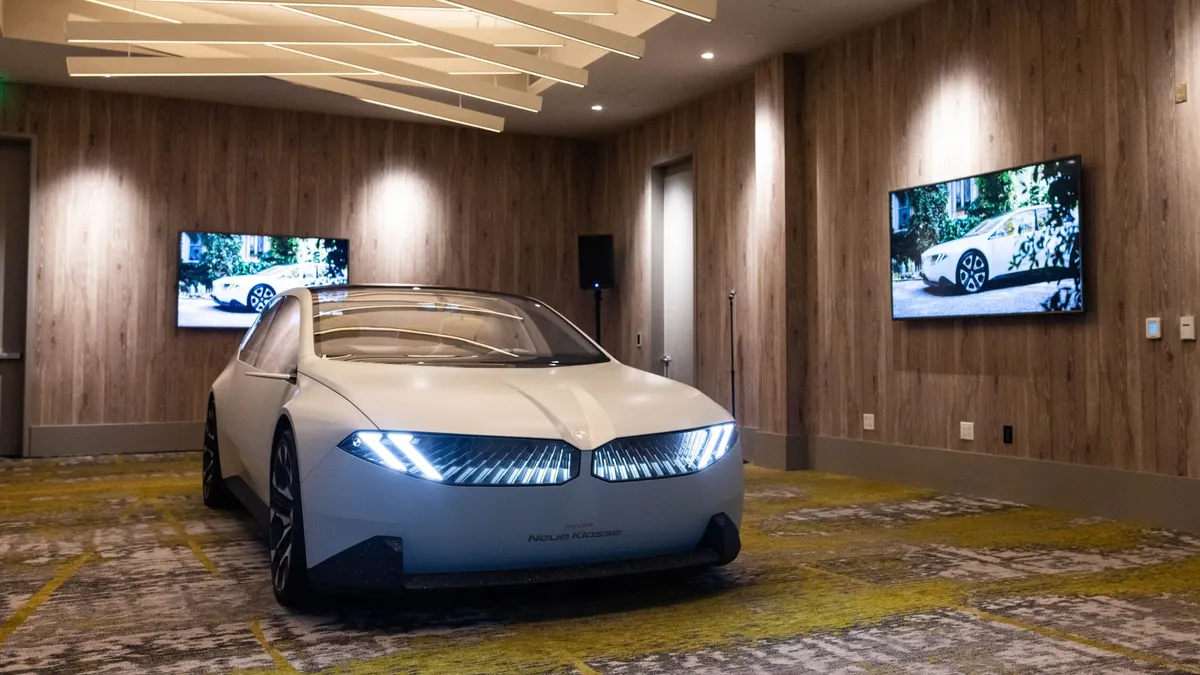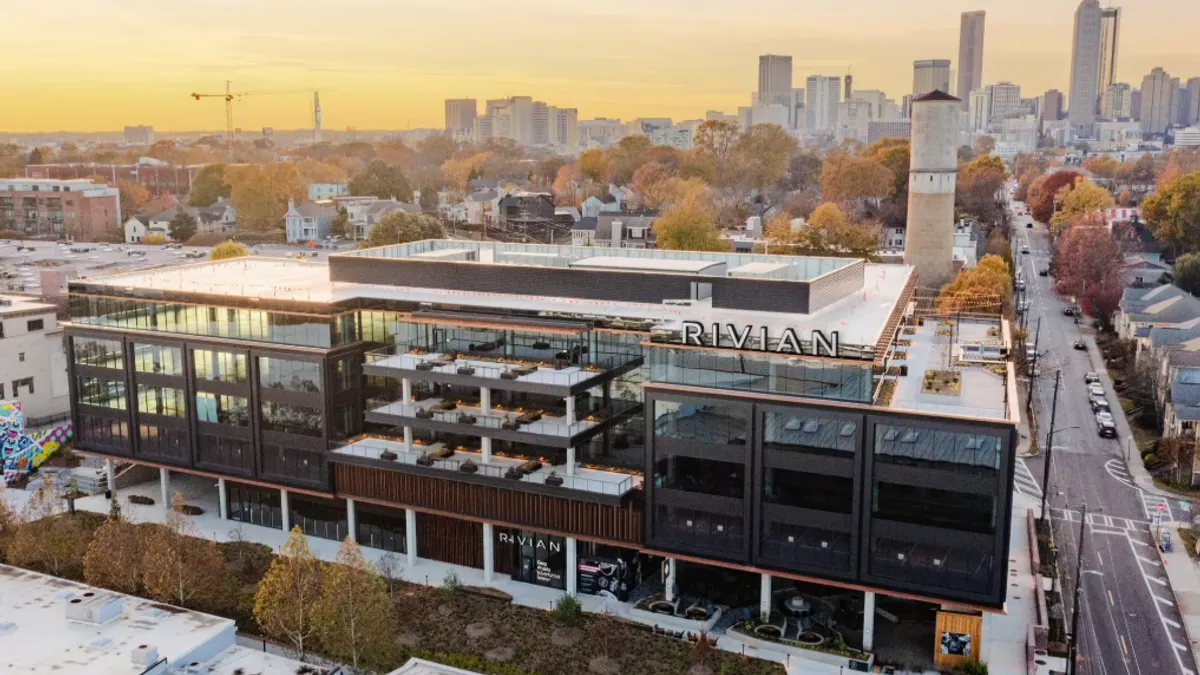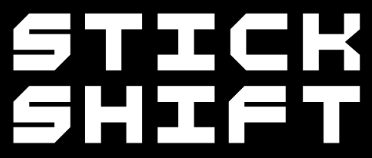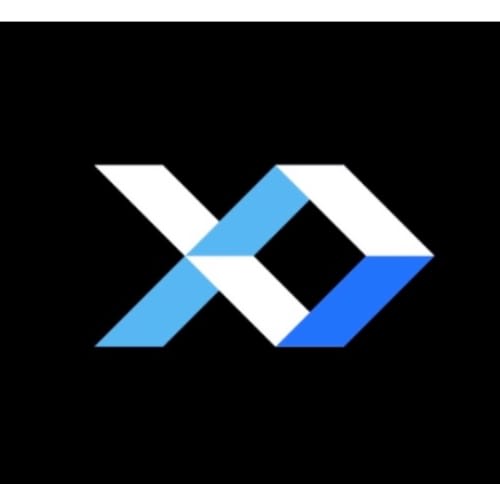For months, automaker after automaker, including General Motors, Ford Motor Co. and Mercedes-Benz, have said they plan to switch from the Combined Charging Standard plug to Tesla’s North American Charging Standard port. Some experts say the move could encourage greater electric vehicle adoption among U.S. consumers by improving the public charging experience.
“Standardizing the NACS connector will provide certainty, expanded choice, reliability and convenience to manufacturers and suppliers and, most of all, increase access to charging for consumers,” said Frank Menchaca, president of sustainable mobility solutions at SAE International.
Residential charging, however, remains essential to providing consumers with a seamless EV experience. According to GM, 80% of EV charging occurs at home.
Yet at-home charging may be a lower priority for automakers than it is for consumers, which could hinder EV adoption. Ian McIlravey, an analyst for S&P Global Mobility, said in an email that vehicle manufacturers, especially Rivian, may not invest much in residential EV charging until they start selling more EVs.
“Many OEMs remain hesitant though, likely because it requires high investment and the profitability of EV charging is yet to be fully determined at the moment,” McIlravey said.
While GM, Ford and Rivian offer residential chargers for the CCS charging ports in their current EVs, they do not offer at-home chargers equipped with Tesla’s NACS port. McIlravey said automakers must be careful when adopting the NACS plug because poorly implemented changes to automakers’ residential EV chargers could be “a detriment to brand image.”
The standard CCS standard plug, also referred to as J1772, is certified by SAE International. There are two versions available: CCS Combo 1 that’s used in the U.S. and CCS Combo 2 in Europe.
Tesla’s NACS plug, meanwhile, remained a proprietary design for over a decade until the company made it available to third parties in November 2022.
As the leading electric automaker in the U.S. with the largest operational charging network, Tesla’s charging technology is the most widely used by EV drivers, and, therefore, the most proven. According to Tesla, the NACS outnumbers CCS chargers two to one in North America.
NACS supports up to 1 megawatt of DC charging power, which is twice as much as the CCS connector. It’s also half the size, making it easier to maneuver when charging an EV, according to engineering firm Munro & Associates, which frequently evaluates Tesla’s EV technology. The firm analyzed Tesla’s charging connector and charge port in a YouTube video last year and called it more compact, lighter and more cost-efficient than the CCS design.
For rival automakers launching EVs, switching to the NACS design will allow their customers to gain access to roughly 12,000 Tesla public chargers in North America, eventually without requiring an adapter. In the interim, however, EV drivers will still need to carry one to charge at Tesla Superchargers until the first non-Tesla vehicles equipped with NACS ports hit the market in 2025.
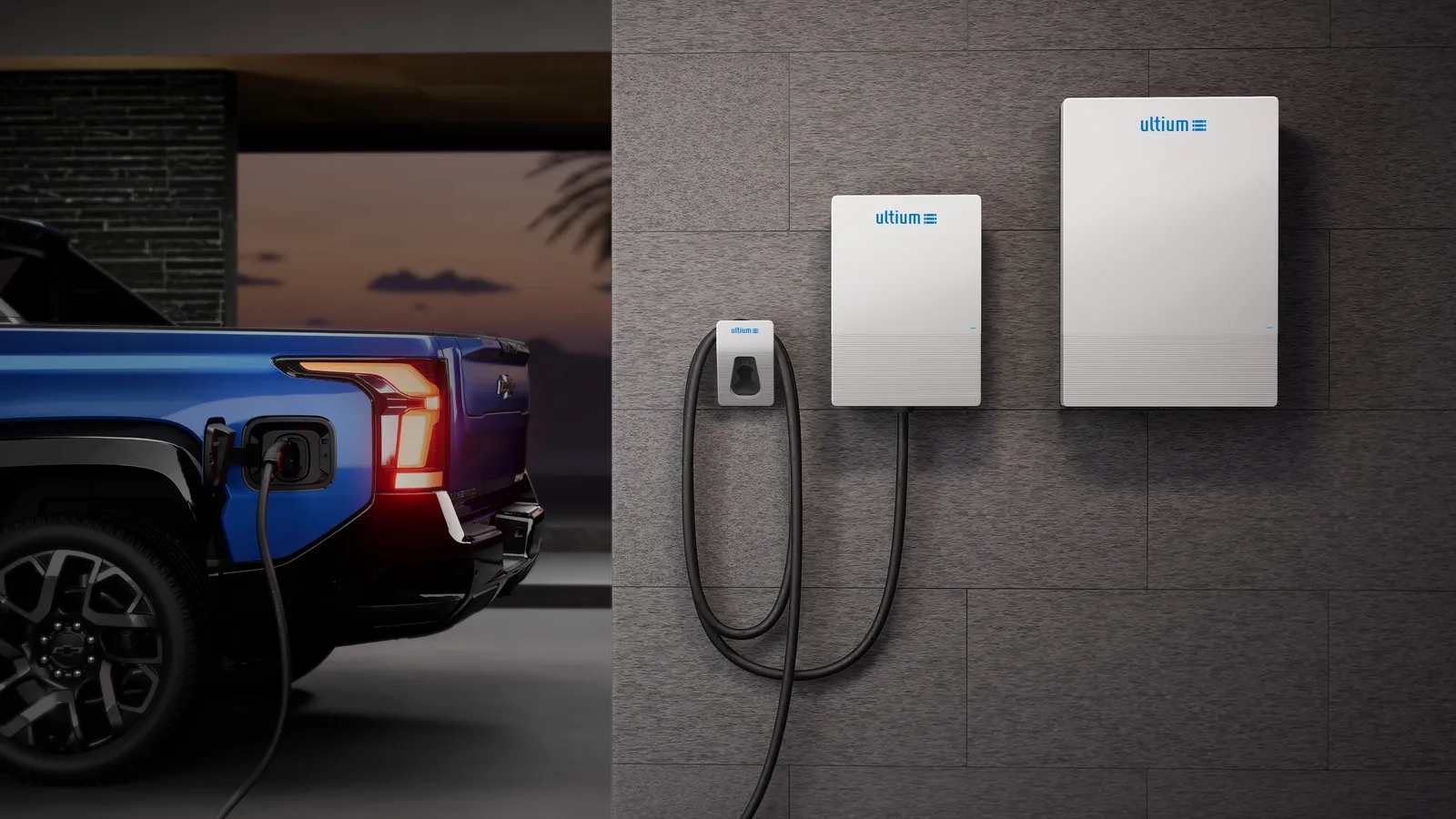
Automakers rethink residential charging cable designs
However, as automakers abandon CCS in favor of Tesla's NACS design, some EV drivers may hold off on purchasing a home charger, waiting to see if it can be upgraded with a NACS cable.
GM sells residential chargers through GM Energy, the automaker’s energy management products and services business. Its Ultium-branded line of chargers, however, comes with an integrated CCS cable rather than NACS.
A GM spokesperson said the company will offer home charging products that are compatible with the automaker’s future EVs, which will come standard with NACS charging ports in 2025 or offer customers a CCS to NACS adapter to charge their vehicles. While using an adapter is a viable interim solution, GM did not say if its Ultium chargers can be upgraded to include a NACS cable.
Ford’s Connected Charge Station also uses the CCS plug. Like GM, Ford didn’t comment on whether it would offer residential chargers with a native NACS cable or if the CCS cables will be upgradable.
“We don’t have any information to share at this time, but will share details of this in our next NACS update for public and home charging in the coming months,” a Ford spokesperson said in an email.
Of the Big Three, Stellantis is the only one who has not confirmed yet whether it will make the switch to adopt the NACS port.
“Our focus is to provide the customer the best charging experience possible,” a Stellantis spokesperson said in an email this summer. “At this time, we continue to evaluate the NACS standard and look forward to discussing more in the future.”
However, Paul Williams, the CEO of Stellantis’ charging partner Greenspeed Energy Solutions, confirmed its chargers sold by the automaker will be upgradable to NACS cables in the future.
“Our main manufacturer has confirmed that the [electric vehicle supply equipment] we are supplying today are upgradable,” Williams said in an email in November. “The upgrade will require a firmware update, and simply replacing the existing cable with a new NACS cable.”
EV automaker and Tesla competitor Rivian said it would offer NACS to CCS adapters for DC fast charging on existing R1 vehicles in 2024 and make the NACS port standard equipment in 2025.
Mercedes-Benz also confirmed it will offer customers NACS cables with its home charging products so its customers won’t need an adapter after the automaker adopts the NACS for its EVs in 2025, although the automaker did not provide an exact timeline of when it will happen.

Will using an EV charging adapter be a deal breaker?
Claudio Vittori, senior research analyst at S&P Global Mobility, said in an email that using an adapter to charge is not a deal breaker for EV drivers and switching to NACS charging cables in the future would not require automakers to make large investments.
“We expect that closer to the launch, the OEMs will adapt their offering as all the other hardware manufacturers will do,” he said.
California-based EV charging operator ChargePoint also confirmed that its residential Home Flex charger can be upgraded with a NACS cable. The company recently participated in a promotion in September with automaker Hyundai that offered customers a $600 credit toward the purchase of a Home Flex charger, which is also sold on Amazon.
ChargePoint confirmed in an email that customers who purchase a Home Flex charger can choose from two native connector options, a J1772 or NACS.
ChargePoint also announced in October that NACS connectors for its Home Flex chargers would soon roll out, so existing Home Flex customers can purchase a cable conversion kit with a NACS connector and easily swap out the cable themselves.
As of now, the lack of EV charging infrastructure is driving the rollout of both residential and public chargers, regardless of the cable type. If an adapter can be used to charge an EV with a NACS port, the need to upgrade chargers with CCS cables might be less of a priority in the short-term, as EVs account for around 8.6% of the total new-vehicle retail market in the U.S., according to a September report from J.D. Power.
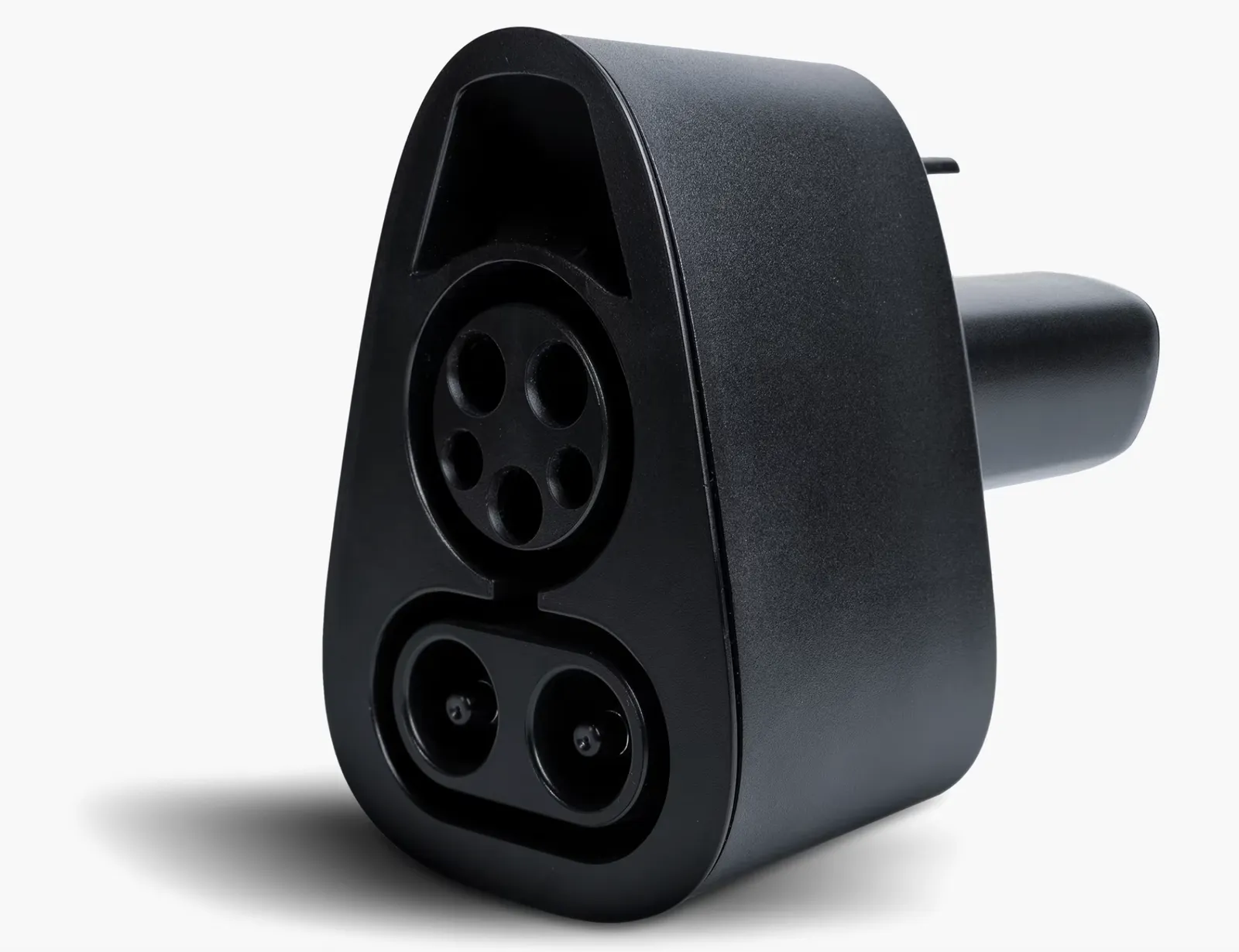
Competition is tough — and less expensive
Even as automakers build out their own residential charging products, they face stiff — and cheaper — competition, particularly as more companies adopt Tesla’s NACS port for future EVs. It’s possible the chargers or even CCS adapters they offer will become more like universal products, such as the new USB-C standard for electronic devices, which Apple recently added to the new iPhone 15. This could bring in all new competitors, offering a range of generic options for consumers to save money.
Even before that potential shift, there are already newer residential EV chargers hitting the market from third-party companies, such as Autel’s Home Level 2 EV Charging Station, which costs $479 on Amazon. Another level 2 residential charger sold by Aimiler is currently priced at $199 on Amazon.
Amazon also sells dozens of additional CCS to NACS adapters that cost less than $150 and CCS-equipped residential wall chargers that are fully compatible with the NACS to CCS adapter sold by Tesla, which is priced at $250.
“The need and the interest of OEMs on having a reliable infrastructure installed is definitely a top priority for all.”

Claudio Vittori
Senior Research Analyst at S&P Global Mobility
Then there’s the powerhouse of Tesla. In August, the automaker announced a residential charger with an Integrated J1772 adapter for both NACS and CCS cables that drivers of any EV can use.
Tesla’s new Universal Wall Connector, which it says is for homes and apartments, was available to order in October. At $595, it could become an attractive, low-cost alternative to more expensive chargers sold by GM, Ford and Rivian, which can cost more than $1,300 before installation.
The rising competition underscores that while automakers may be critical in helping build out EV charging infrastructure for their customers to help boost EV adoption, third parties will likely be the ones to design, manufacture and install it.
But no matter which — or whose — cable comes with a charger, having residential charging options available may be enough to spur consumer adoption.
“The need and the interest of OEMs on having a reliable infrastructure installed is definitely a top priority for all,” Vittori said.



